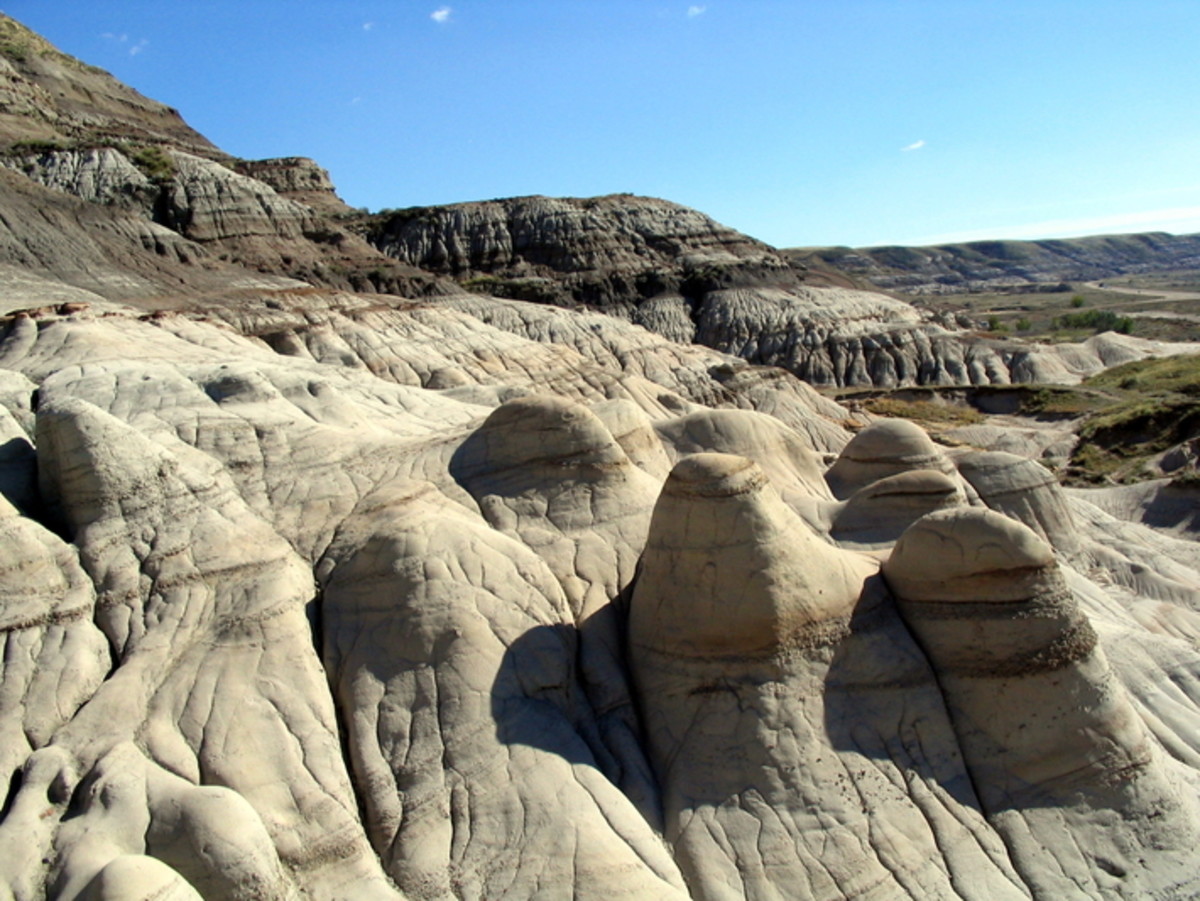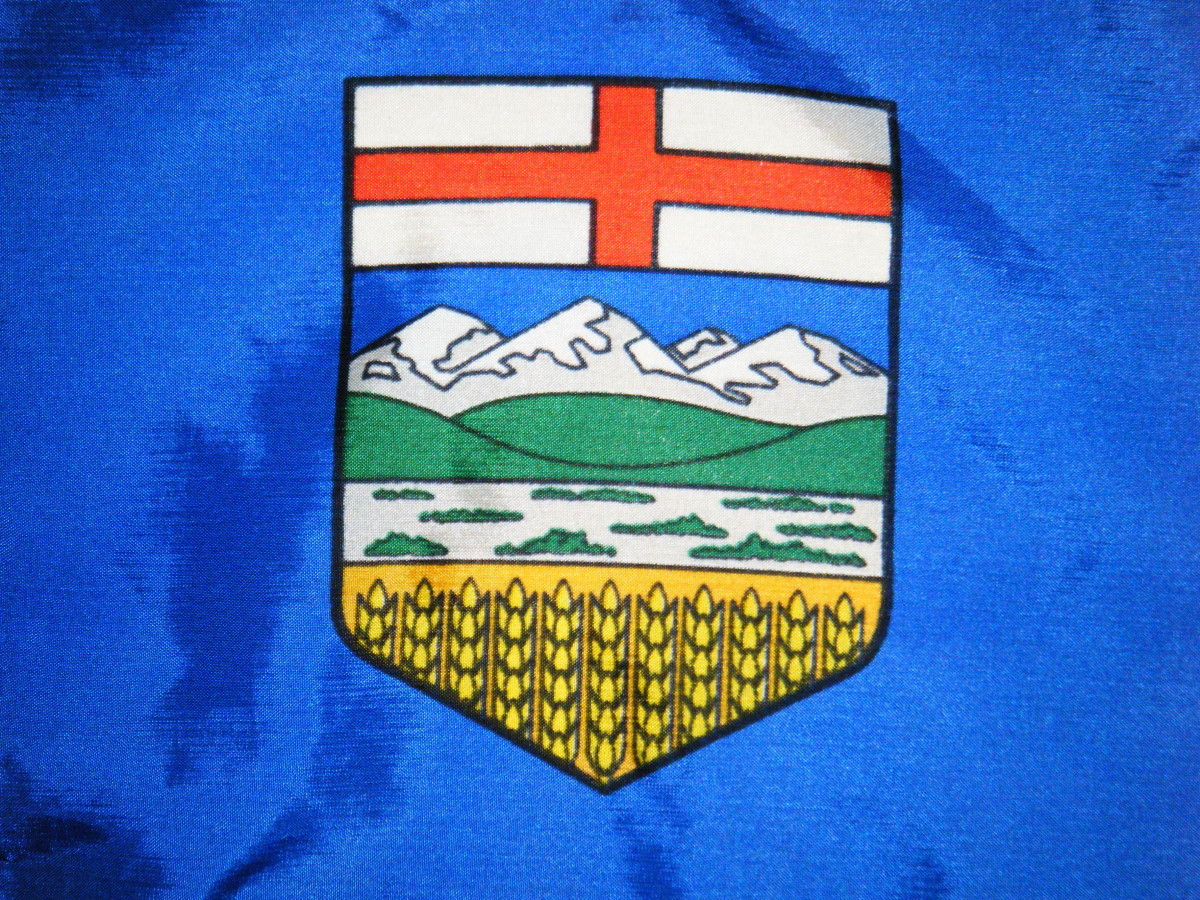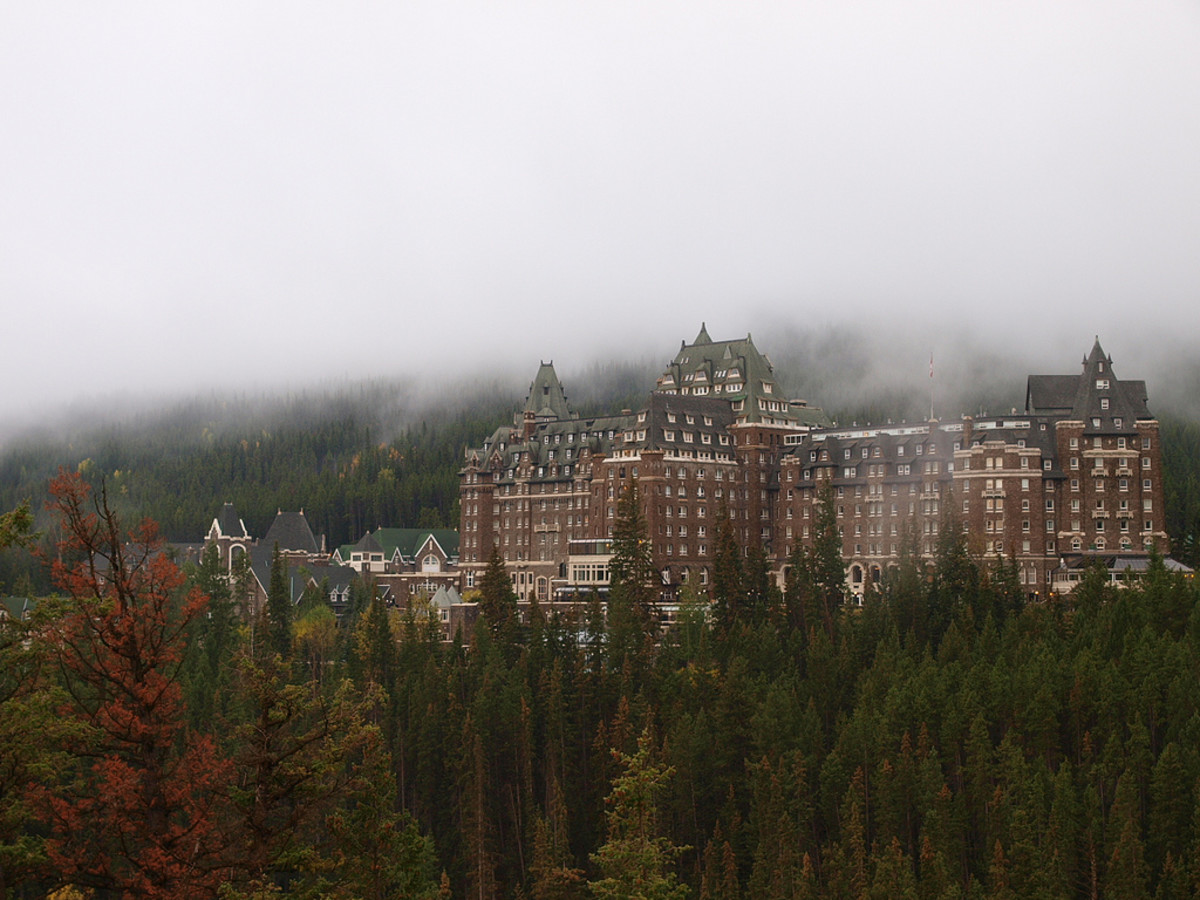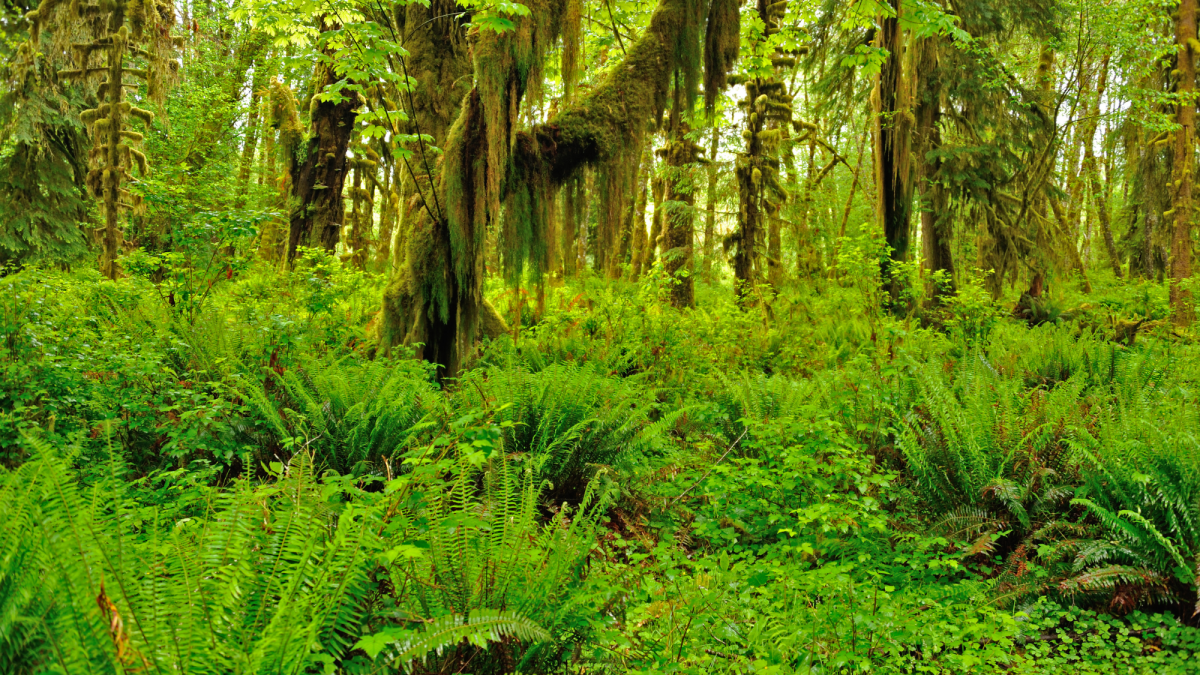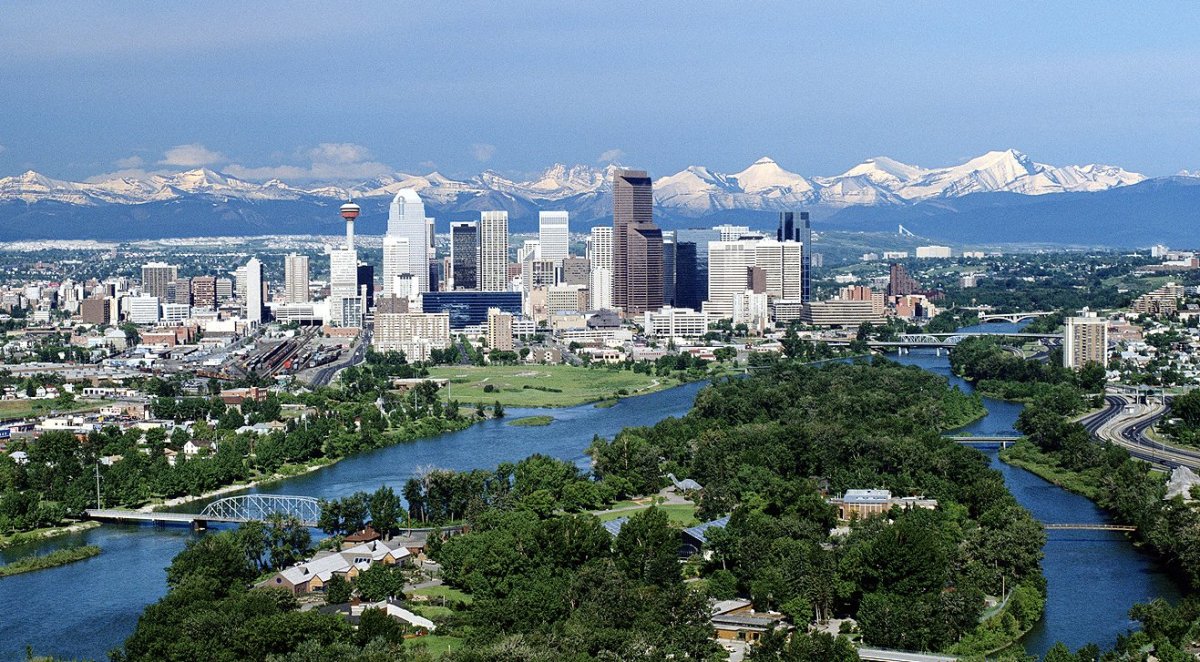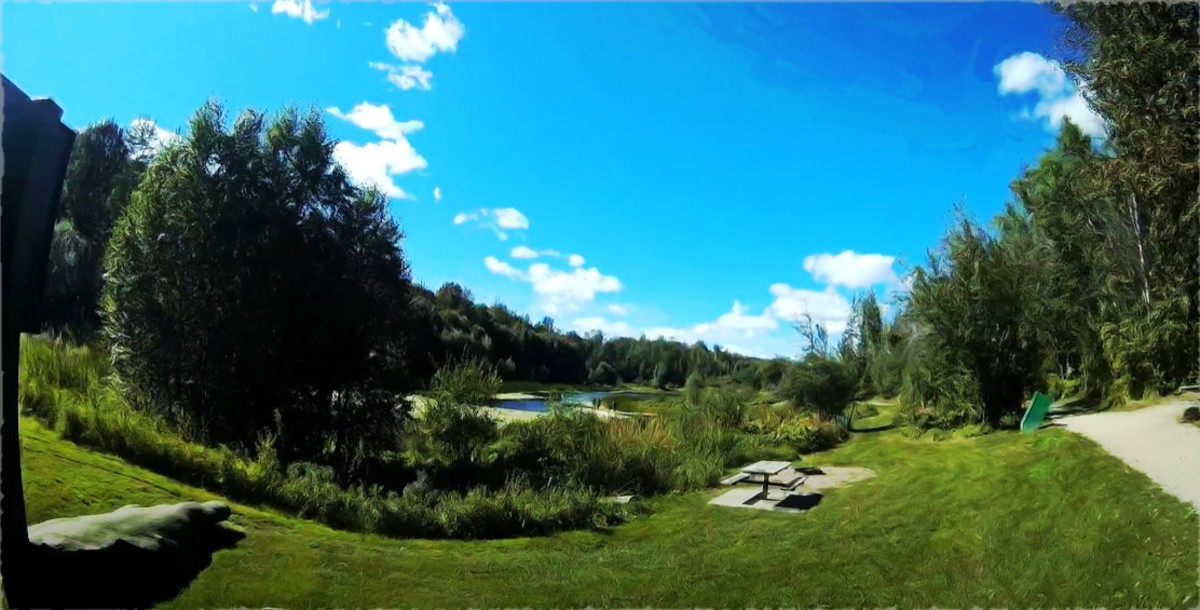Visiting Calgary International Airport, Calgary, Alberta: World Gateway & Striking Views of the Calgary Tower & Skyline
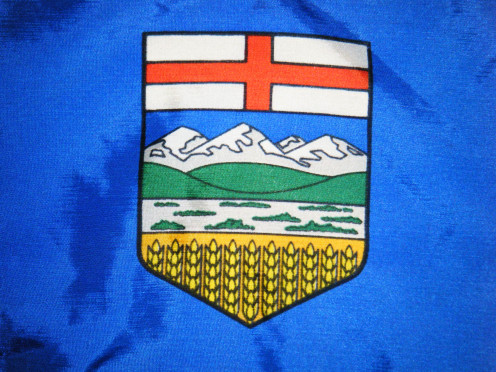
Growth in a dynamic province
Why review an airport?
Because this one is special.
Words which come forcibly to mind about Calgary, Alberta — dynamic and fast-growing — can easily be applied to Calgary International Airport also. Indeed, such a mantra could be viewed equally as a leitmotif for the Province of Alberta, the City of Calgary and its International Airport.
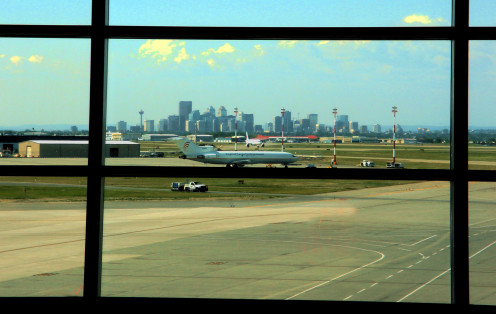
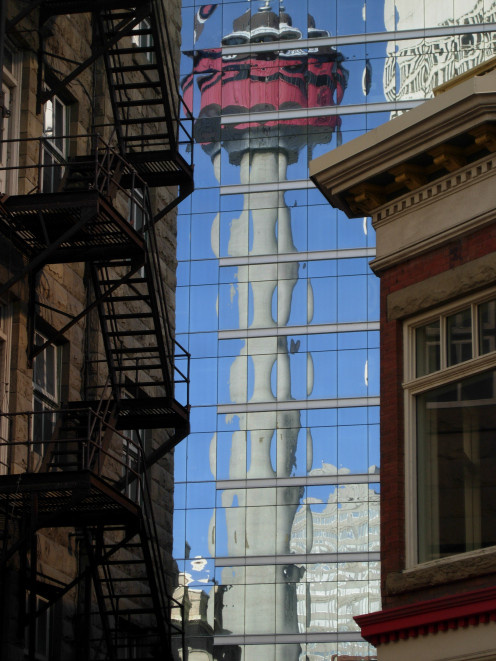
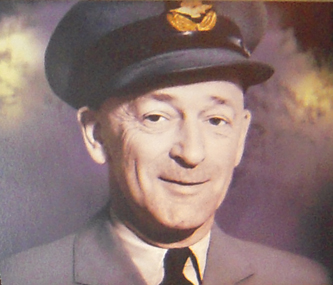
Skies and vision
Unlike with Helena, the state capital of the neighbouring, wonderfully scenic State of Montana, geography has been kind to Calgary from a communications perspective. Calgary may be described as being at the intersection of the north-south CanMex Corridor and the east-west TransCanada Highway (1). Its International Airport lies 17 kilometres north-east of Downtown Calgary.
Location, location, location, say the realtors.
So would most citizens and business people of Calgary.
In fact, with its situation reflecting a proximity to Alberta's largest city, to industrial and logistics parks and distribution centres — not to speak of the permeating presence of the oil industry — Calgary International Airport and its hinterland seems to be emerging in various ways as an example of Aerotropolis.
As John D. Kasarda has suggested, if, in the 18th century, it was seaports that drove local economies, railroads in the 19th century, highways in the 20th century, then in the 21st century we are surely seeing how airports drive business location and the development of urban areas. Calgary seems to be an increasingly clear example of this inexorable process (2).
In some jurisdictions, the authorities have sought to fight the process of airport-driven growth. (For example, for many years, until a recent partial adjustment, the British government, reflecting an odd alliance of single issue campaigners and 'cash-cow' economics, has 'successfully' dissuaded major airports from growing to their economic potential by the imposition of draconian indirect taxation and arcane zoning procedures) (3).
The experience of Calgary International Airport, however, has been quite different. The Provincial government and local municipalities have acted as if they actually want investors to contribute to economic growth and have sought not to resist the process of growth but to embrace it. The YYC Global Logistics Park is being developed in a CAN $ 2.4 billion investment scheme over 10 years, and Calgary Airport Authority expects this to create at least CAN $ 6 billion (4).
Calgary International Airport — or YYC — is a hub for both WestJet and Air Canada and their subsidiaries. Charter and cargo services are extensive. Its three — expanding — concourses were designed by Stevenson, Raines, Barret, Hutton, Seton and Partners, dating from 1977. Its control tower is the tallest in Canada, and one of its runways is the longest in Canada.
Visitors to YYC with some leisure time available are able to visit the Aero Space Museum located immediately south of the Airport. This collection of airframes includes an Avro Lancaster, a Douglas DC3, a North American Harvard, an Avro Canada CF-100 Canuck, and many others. During World War Two, Calgary and many Prairie aerodromes were extremely active in the implementation of the Commonwealth Air Training Program.
Part of YYC's attraction is the existence of US Border PreClearance. While YYC is called Calgary International Airport, it could easily have have used the word 'Intercontinental' instead of 'International', as in George Bush Intercontinental Airport, Houston, TX. (Indeed, in various ways, Calgary may be compared with Houston.) YYC's intercontinental connections include Tokyo-Narita, London-Heathrow, London-Gatwick, Manchester (UK), Glasgow-International, Frankfurt, Paris-Charles de Gaulle, Amsterdam & Luxembourg (cargo).
In 2014 YYC handled 15,261,108 passengers, in third place in Canada behind Vancouver (19,358,203) and Toronto-Pearson (38,571,961).
Clearly, despite Vancouver's reputation as the gateway to Western Canada, Calgary International Airport is a very serious rival to Vancouver Airport.
YYC was formerly named McCall Field, for the highly decorated Frederick McCall (1896-1949)(5), who served in the Royal Flying Corps and the Royal Canadian Air Force respectively in World Wars One and Two, becoming an ace in the process, and who also had a distinguished career in civil aviation, together with a longstanding association with Calgary.
I have spoken of Calgary international Airport as being compellingly described as as dynamic and fast growing, but, come to think of it, Fred McCall could have been referred to as a dynamic personage in the fast-growing aviation scene of his day also.
Probably the most visible symbol of Calgary's confidence is the Calgary Tower, which may be clearly seen from the Airport. I have included a photo (above) of the Calgary skyline, in which the Calgary Tower may be discerned. Completed in 1968 by W.G. Milne & A. Dale and Associates, this structure is 191 metres high, and has a popular observation deck and a Dutch-style carillon. Since the photo, above, was taken, recent building work has altered the skyline somewhat.
March 17, 2015
Notes
(1) See also: http://www.yyc.com/en-us/businessatyyc/aircargodevelopment/whycalgary.aspx
(2) Regarding sustainable growth at YYC, 'Both Runway Development and International Facilities Projects took sustainability into account.' - See more at: http://www.hatchmott.com/projects/calgary-international-airport-airport-development-program#sthash.YLDyio5P.dpuf
(3) This is hardly a gratuitous comment initiated merely by myself; at World Routes, Chicago, Illinois, in 2014, the British government's longstanding, short-sighted approach to airport growth received a very negative assessment. (See also: http://www.routesonline.com/news/29/breaking-news/245595/debate-critical-issues-in-air-transport/ .) Some people would regret that leaders of a country, which previously thrived on maximizing world trade routes, have evidently turned in on themselves for the pursuit of short-term, expropriative solutions. It is a sad fact that many travellers and consumers speak of 'rip-off Britain', a reputation which will take many years to live down; see also: http://money.aol.co.uk/2014/09/17/rip-off-britain-10-astonishingly-bad-deals/
(4) See also: http://www.yyc.com/en-us/businessatyyc/aircargodevelopment/alookahead.aspx
(5) In the local area, a road, a golf course and an industrial park are also named for Frederick McCall, as is also the Calgary-McCall electoral riding.
Some sourcing: Wikipedia
Also worth seeing
The many visitor attractions in Calgary include: the Calgary Tower, Lougheed House National Historic Site and Museum, the annual Stampede, the Glenbow Museum, sporting events at the Scotiabank Saddledome, and Prince's Island Park in the Bow River are just a few of the many visitor attractions in this fast-growing city.
From Calgary, day trips to favourite Rockies destinations such as Banff (distance: 128.7 kilometres) and Lake Louise (distance: 183.6 kilometres) are feasible.
...
How to get there: Air Canada, flies to Calgary International Airport, with wide North American and other connections, from where car rental is available. Some facilities may be withdrawn without notice. For up to date information, please check with the airline or your travel agent. Airline information at Calgary International Airport may be accessed at: http://www.yyc.com/en-us/travellerinfo/flightinformation/airlineinformation.aspx . See also: http://www.airportshuttleexpress.com/ . Both Tourism Calgary and Travel Alberta have booths at the Airport. You are advised to refer to appropriate consular sources for any special border crossing arrangements which may apply to citizens of certain nationalities.
MJFenn is an independent travel writer based in Ontario, Canada.
Other of my hubpages may also be of interest
- Visiting Nanton, Alberta: remembering the aviation past at the Bomber Command Museum of Canada
This air museum of national importance has gathered a striking collection of airframes and fulfills an important educational and commemorative rôle. A leading exhibit is an Avro Lancaster bomber. - Visiting Crowsnest Lake, Alberta, overlooked by Crowsnest Mountain: majesty in the heart of the Cana
This Lake and Mountain are at the heart of highly impressive scenes. The name 'Crowsnest' is an Anglicized version of First Nations' observation of ravens in the Mountain's vicinity.

